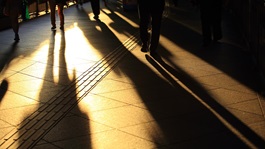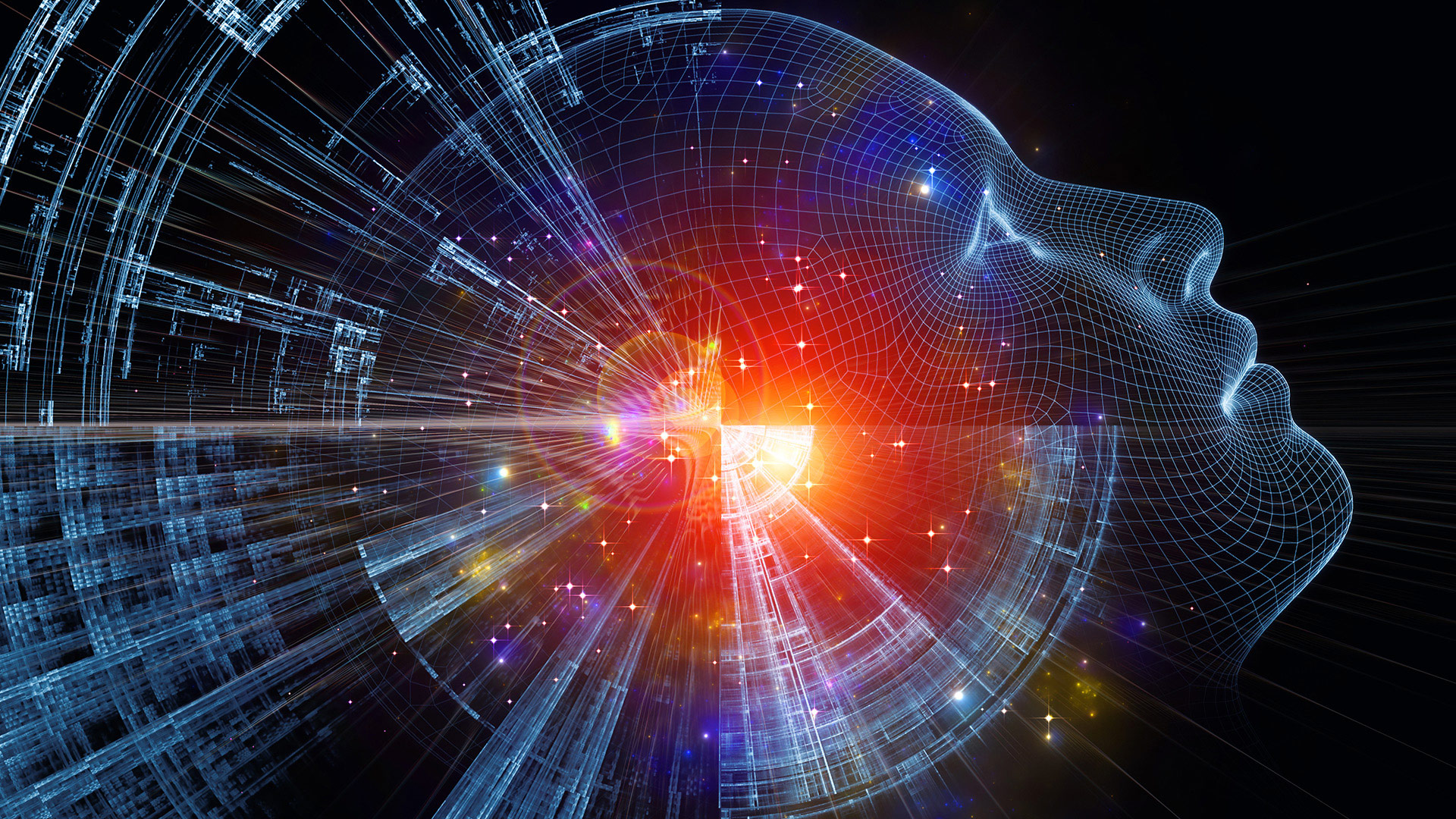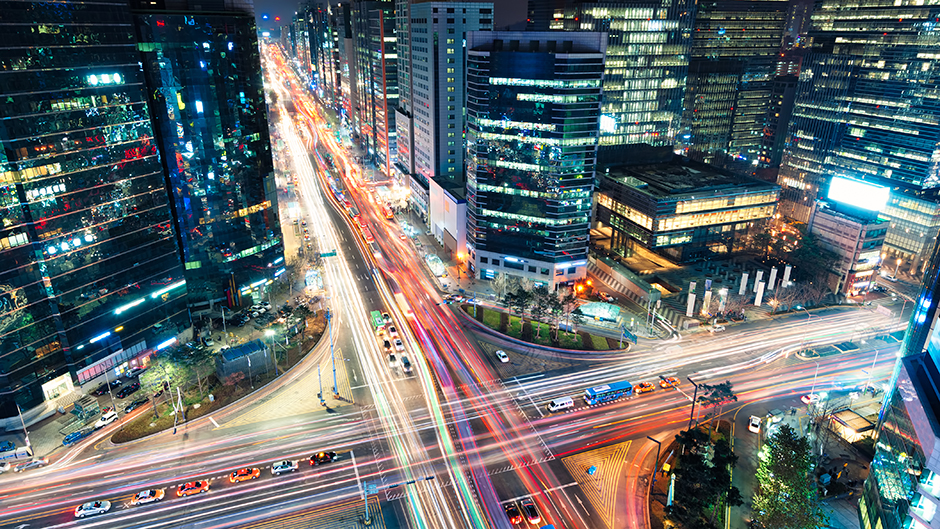
Publication
Federal EI pilot project may impact employee separation negotiations
The federal government predicts there will be a surge in EI benefits claims in the coming months.


Canada | Publication | February 17, 2025
Protecting artwork generated using artificial intelligence (AI) is possible with sufficient human contribution as noted in a recent Report on Copyright and AI (Part 2) (the Report) by the US Copyright Office. Regarding the subsistence of copyright in AI artwork, Canadian courts and the legislature have yet to provide guidance despite ISED’s recent consultation on copyright and AI. That said, creators can take several steps to bolster a claim to copyright in artwork generated using or with the help of AI.
Authorship and originality are two main hurdles to overcome in copyrighting AI-generated works in Canada and the US.
Canadian courts have not yet determined whether an “author” under the Copyright Act must be human. However, US courts and the US Copyright Office have confirmed that copyright is limited to human authors. In Canada, while copyright has been registered for the creation of a work co-authored by an AI, that registration is being challenged in the Federal Court.
Both Canadian and US copyright law also requires that a work be original. Canadian copyright law requires an exercise of “skill and judgment” for a work to be original and to attract copyright protection. In the US, for a work to be original it must have been independently created by the author and possess some minimal degree of creativity. Both standards are considered fairly low bars to overcome.
This poses an issue whenever software is introduced because introducing software may limit both the degree of human authorship and the exercise of skill and judgment. For example, a work that incorporates textual elements might involve more skill or judgment if the text is written by a human hand, compared to using text in a font selected from a limited menu. This is further complicated by the ease with which generative AI models can be used to create works in different mediums.
In both Canada and the US, greater human involvement would strengthen a claim to copyright protection for a given work. This is particularly important if AI is being used as a stand-in for human creativity (i.e., the AI makes expressive choices).
The Report
The Report distinguishes between (1) using AI as a tool to assist in creating works (assistive uses, such as de-aging or crowd removal), (2) using AI as a stand-in for human creativity, and (3) using AI as a brainstorming tool.
The Report notes (1) assistive uses and (3) brainstorming uses do not limit copyright protection (i.e., copyright can subsist). The remaining discussion in this article therefore primarily focuses on practical tips to strengthen a copyright claim in use case (2), using AI as a stand-in for human creativity.
Where AI is used to make its own expressive choices, the key issue identified in the Report is the degree of human control, rather than the predictability of the outcome. The Report notes that “some element of randomness does not eliminate authorship,” but “the putative author must be able to constrain or channel the program’s processing of the source material.”
Below we examine three ways to interact with generative AI to better constrain and control its output. Increased incorporation of these techniques can collectively strengthen a claim for copyright, though each work will be examined on a case-by-case basis. In all cases, artists should properly document their workflow from conception to the final output.
Prompts
A prompt is an instruction given to an AI model to generate an output. More detailed prompts arguably increase control by a human author and could support a stronger claim of originality and therefore a stronger claim under the Canadian or US copyright regimes.
Certain prompts may even rise to the level of what the US Copyright Office terms “expressive inputs.” For example, human-created illustrations or images used as inputs or prompts would likely more easily meet the originality requirements.
Consider the copyrightable work “Rose Enigma” by Kris Kashtanova, VAu001528922, where a human created a hand-drawn illustration and used it as an input,1 along with the prompt provided below:
“a young cyborg woman (((roses))) flowers coming out of her head, photorealism, cinematic lighting, hyper realism, 8k, hyper detailed.”
In contrast, the Report also referred to the US Copyright Office Review Board’s decision affirming the refusal of registration of copyright in the AI-generated work Suryast. Unlike Rose Enigma, the output did not clearly show the copyrightable work input by the applicant.
Parameters
According to the Report, prompts alone are likely not sufficient to give rise to copyright protection and “[t]he fact that identical prompts can generate multiple different outputs further indicates a lack of human control.” Another way of increasing human control over outputs is by setting parameters referred to as “seed” values.
Example parameters include variance / chaos, model version, image weight, style weight, character weight, experimental parameters, a level of stylization, reference images, the “seed” number (e.g., --seed 1234), etc. From a practical perspective, the seed values are a useful tool for constraining the amount of randomness by ensuring images in a particular series can have similar characteristics.
Adjusting parameters to achieve a desired output and repeating that exercise may support originality, though so far, reliance on parameters alone has not supported registration.
Post-Generation Modifications
Modifying the output of an AI may also support originality. For example, “a human may select or arrange AI-generated material in a sufficiently creative way that ‘the resulting work as a whole constitutes an original work of authorship.’”
Unlike prompts alone, these tools can enable the user to control the selection and placement of individual creative elements. The greater the human involvement, the stronger the case for protection.
For example, in the case of Zarya of the Dawn the author arranged AI-generated artwork and human-authored text into a comic book. The US Copyright Office permitted copyright registration that included the “selection, coordination, and arrangement of text created by the author and artwork generated by artificial intelligence,” while denying registration over the AI-generated artwork itself.
Canadian courts and the legislature have yet to opine on the limitations (or lack thereof) of intellectual property protections for AI-generated art. Without concrete guidance, parties seeking to protect AI-generated art can nonetheless take steps to bolster a claim for copyright by using parameters, detailed prompts, and human inputs and outputs.
From a practical perspective, it is important to document the approach when generating the work to ensure strong supporting evidence is available if registration is challenged. For example, many artists have uploaded videos documenting their workflows. This is a good way to show the artist took great care in parameter adjustment, curation, and model selection, and mixing AI-generated outputs and human inputs using software tools, all of which could support registration.
Further Reading
Consultation paper: Consultation on Copyright in the Age of Generative Artificial Intelligence, see Section 2.2
Submissions: Consultation on Copyright in the Age of Generative Artificial Intelligence
The original hand-drawn illustration and the generated output can be found at page 23 of the Report.

Publication
The federal government predicts there will be a surge in EI benefits claims in the coming months.

Publication
As ESG concerns have come to the forefront in different jurisdictions, the scope of these inquiries is expanding in kind.

Publication
On April 8, An Act to amend various provisions mainly with respect to the financial sector, was tabled in the National Assembly further to the last financial omnibus bill that was assented to on May 9, 2024.
Subscribe and stay up to date with the latest legal news, information and events . . .
© Norton Rose Fulbright LLP 2025